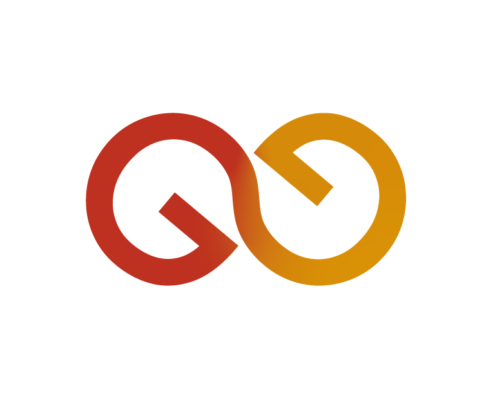Tag Archive for: Geothermal
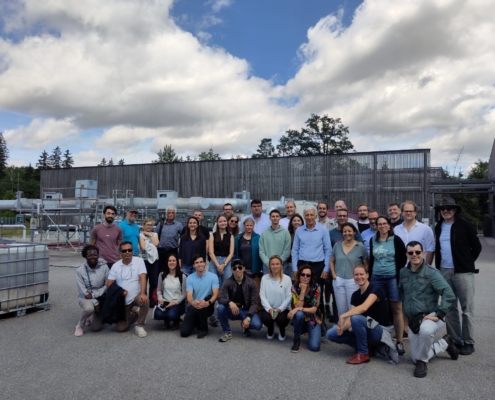
CRM-geothermal 3rd General Assembly, 3-5 July 2024, Munich, Germany
La Palma Research Centre joined the CRM-geothermal partners in…
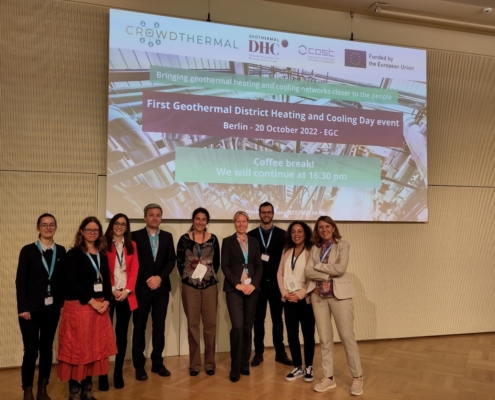 EFG
EFGLPRC participation at the CROWDTHERMAL Final Conference, Berlin, October 2022
On 19 and 20 October 2022 the CROWDTHERMAL project held its final…
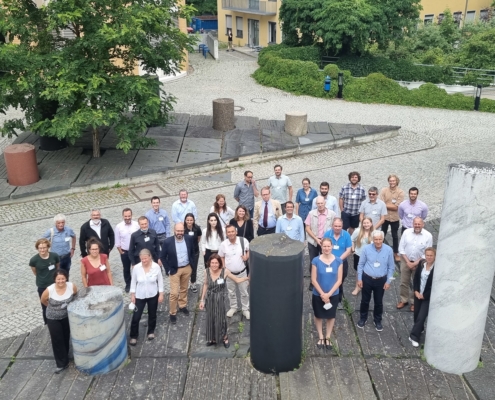 EFG
EFGCRM-Geothermal Kick-off meeting, Potsdam, July 2022
CRM-geothermal recently started and LPRC is part of it. The kick-off…
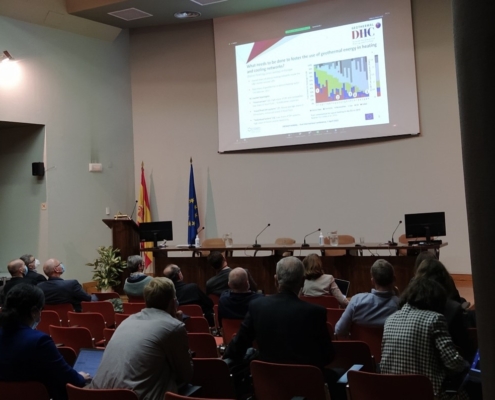 EMPORIA4KT
EMPORIA4KTLPRC in Madrid, for CROWDTHERMAL meetings
From 6 to 8 April 2022 the CROWDTHERMAL partners were together…
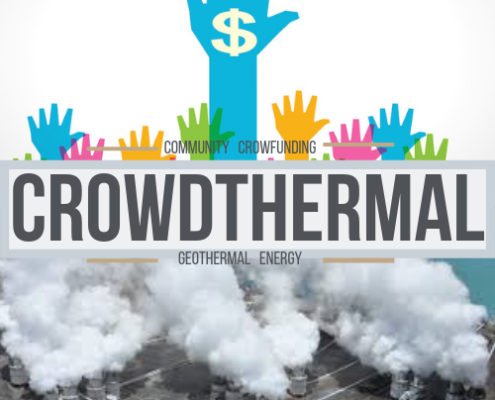
LPRC participation at CROWDTHERMAL meetings in the Netherlands
Between the 6th and 8th of October 2021 the CROWDTHERMAL consortium…
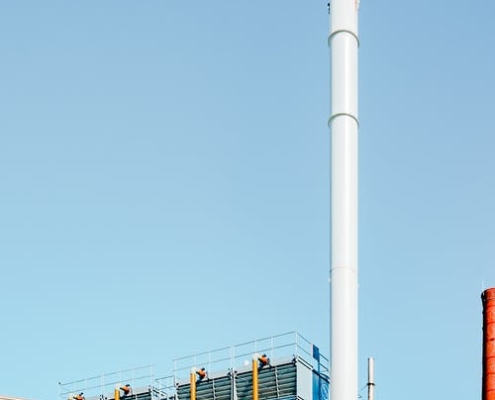
LPRC joins the Baseload Capital Online Seminar #3: Geothermal and Risks (part 2)
Drilling risks
The key to the economies of scale in geothermal…

LPRC joins the Baseload Capital Online Seminar #3: Geothermal and Risks (part 1)
On the 3rd June 2021, Baseload Capital (Swedish investment bank…
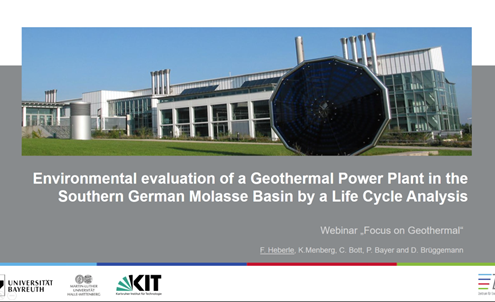
Environmental evaluation of a Geothermal Power Plant in the Southern German Molasse Basin by a Life Cycle Analysis
On the 26th March 2021, ENERCHANGE and ThinkGeoEnergy hosted…
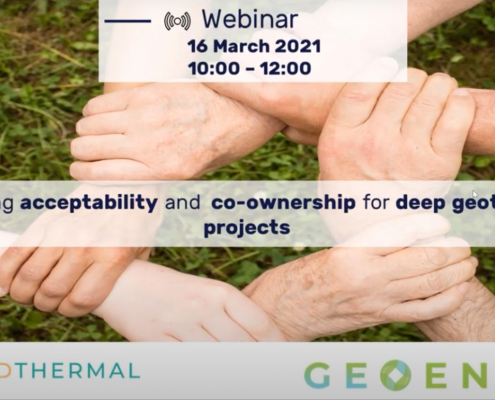
LPRC participates at the GEOENVI-CROWDTHERMAL joint webinar – part 2
The recommendations coming from GEOENVI (see part 1) directly…

